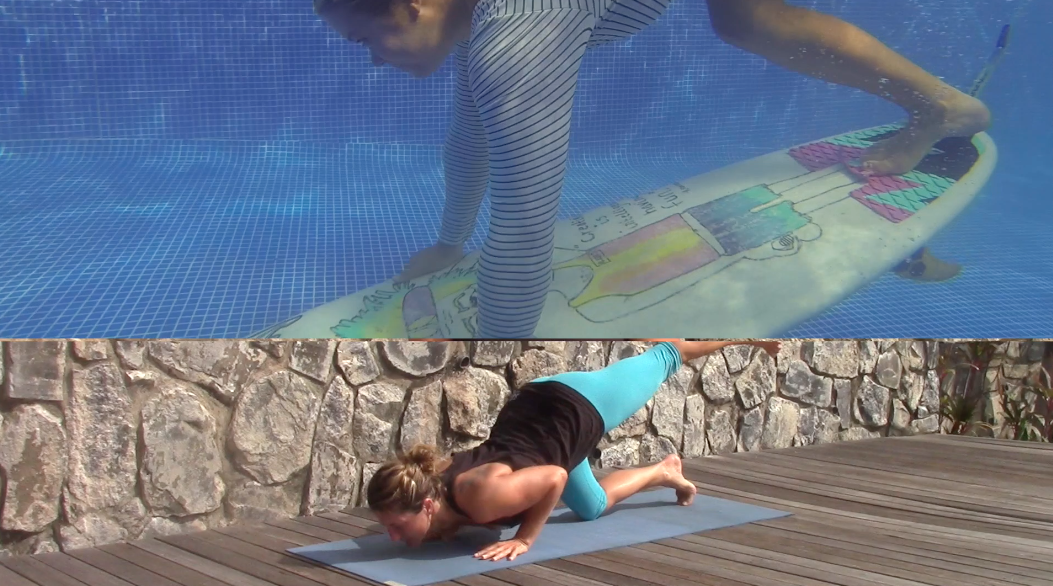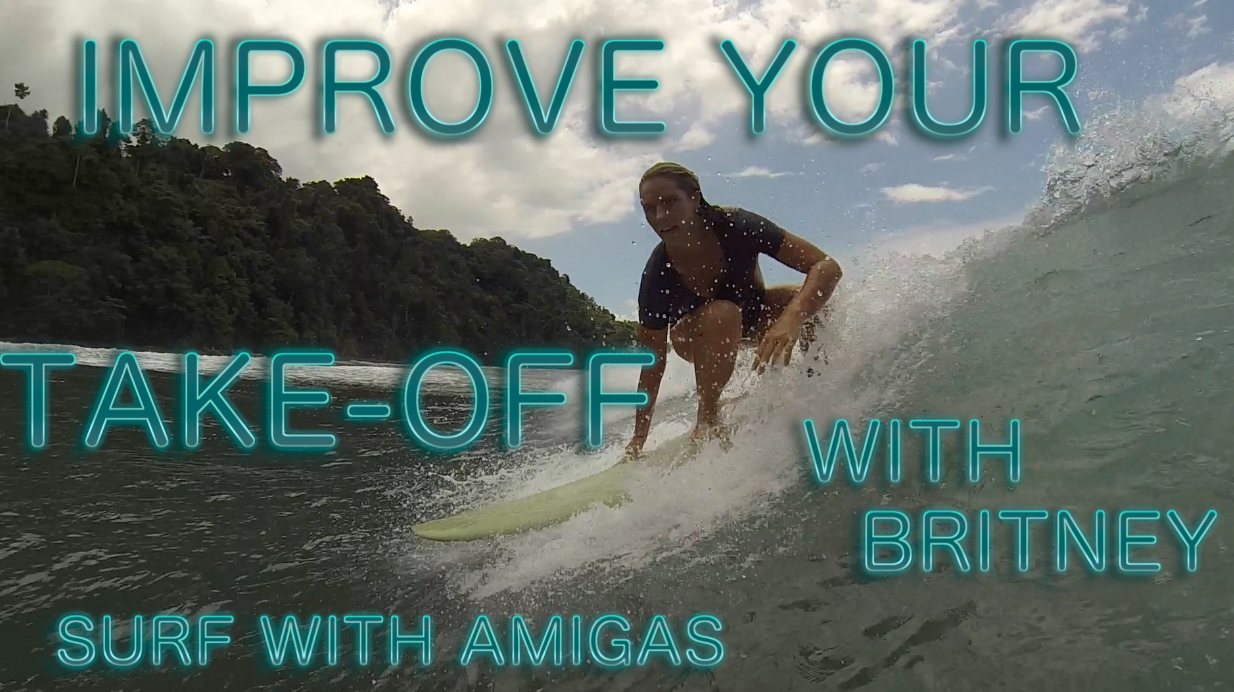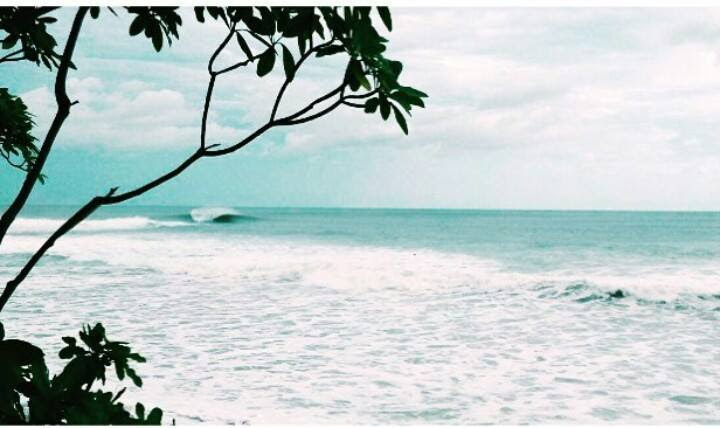
“Dont check-in the surfboards, I’m staying”
These were the last words I told to my then boyfriend, when we were at the airport about to end a trip to Costa Rica for our home in Spain. It was one of those moments where everything seemed to line up – everything stopped and in that instant it hit me, this was my quest for freedom and change.
Just like in surfing when a perfect wave comes to you, and you happen to be sitting in the right spot. You need to ride that wave no matter the consequences, and me, I had to take this “wave” that was approaching me.
It wasn’t anything I did lightly. I’d been with my boyfriend for many years. We had lived together in a camper van running a surf school in Spain. I’d known for a little while that maybe everything wasn’t happening the way I wanted for my life and a trip to Costa Rica opened my eyes to what else was out there. But it wasn’t until we were at the airport, checking in on our way home that it hit me. I couldn’t get on that plane.
In that moment of revelation my now ex-boyfriend started shouting at me – “What are you doing? Are you crazy? You’re going to regret this for the rest of your life, and there’s no coming back”.
All of a sudden the feelings of insecurity and fear started to boil in me, and in those milliseconds I thought to myself:
“This trip has changed my life completely, from a personal and spiritual perspective. Everything in my life until this moment was good and I am very grateful for it, however something in me is lacking and I’m not sure – what! I have to find out.”
The voyage to Costa Rica made me feel free. Being surrounded by life, nature and kind people, it was the best I had felt in a long time. This place filled me up with energy, made me feel more complete, love myself more, and helped me gain confidence in myself again. All this thanks to getting out of my comfort zone and confronting life.
I asked myself – ‘was I going to put all of this at risk?’. Since I finally felt one with myself again the answer had to be YES!
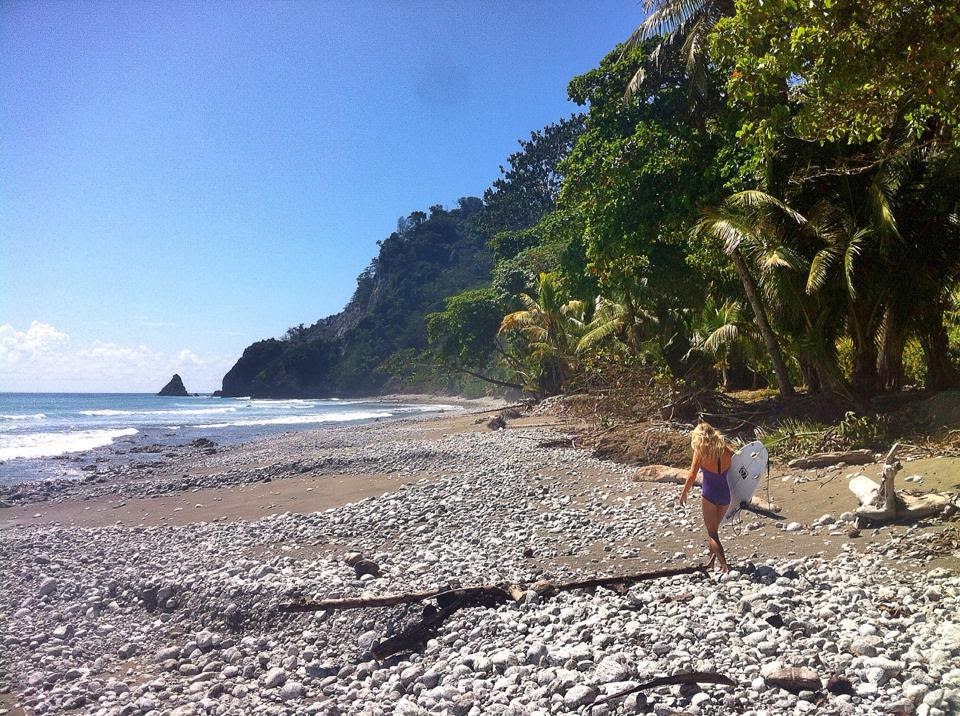
Sometimes we get stuck in patterns, habits, unfulfilling jobs and relationships. And there are times when you ask yourself, “Am I where I want to be?”
We get comfortable in everyday routines, we get stuck, and we can’t grow. We are not feeling bad, but were not feeling good. The beauty is out there, but we cannot see it. We know something is missing, but we don’t know what.
And Then it strikes you: it’s time to change.
While I was standing there at the airport alone, with two surfboard bags, without a credit card, and only 20$ in my pocket, for a second I questioned myself:
Did I make the right decision?
While I was thinking that, a random guy approached and asked me, “Where are you going?”
I replied, “I was just about to go back home to Spain, but I heard winter’s coming up here in Costa Rica and the waves are going to be really sick, so I decided to stay.”
He said, “Good for you, that’s the way to do it”, and shoved 80$ in my pocket and disappeared.
I guess that was life’s way of telling me I was on the right path.
I have learned that when you make a decision that you feel deeply in your heart, life opens its arms to you. It wants you to be happy and follow your path.
So whenever you have a strong feeling, deep inside, follow it because life’s there waiting to help you, to receive you and embrace you.
Don’t be scared to start a new beginning.
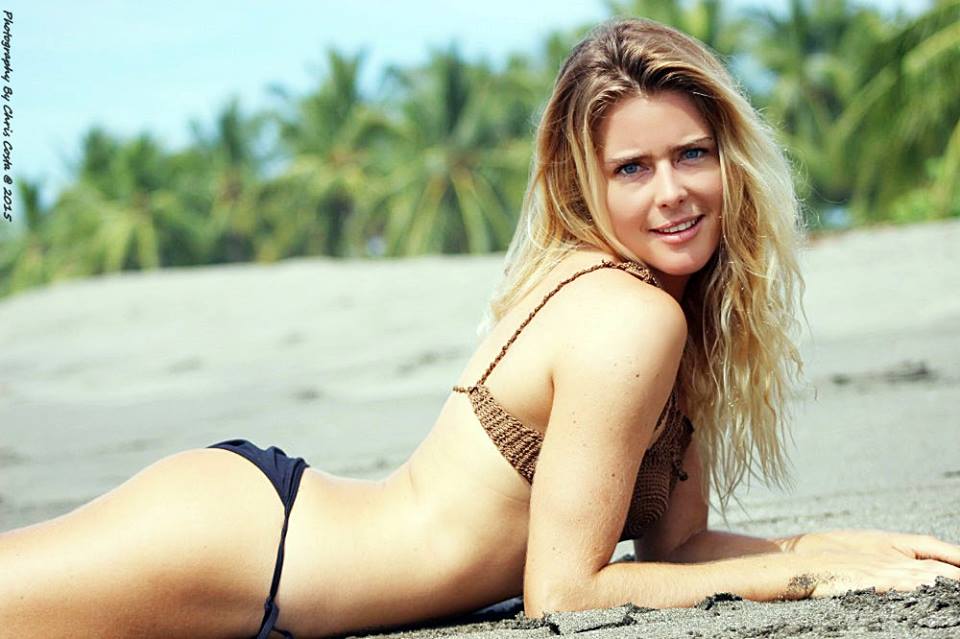
Everything after that fell into place. I got a job at an oceanfront hotel where I worked and lived for a while. I got to surf the winter waves, the biggest waves I had ever surfed.
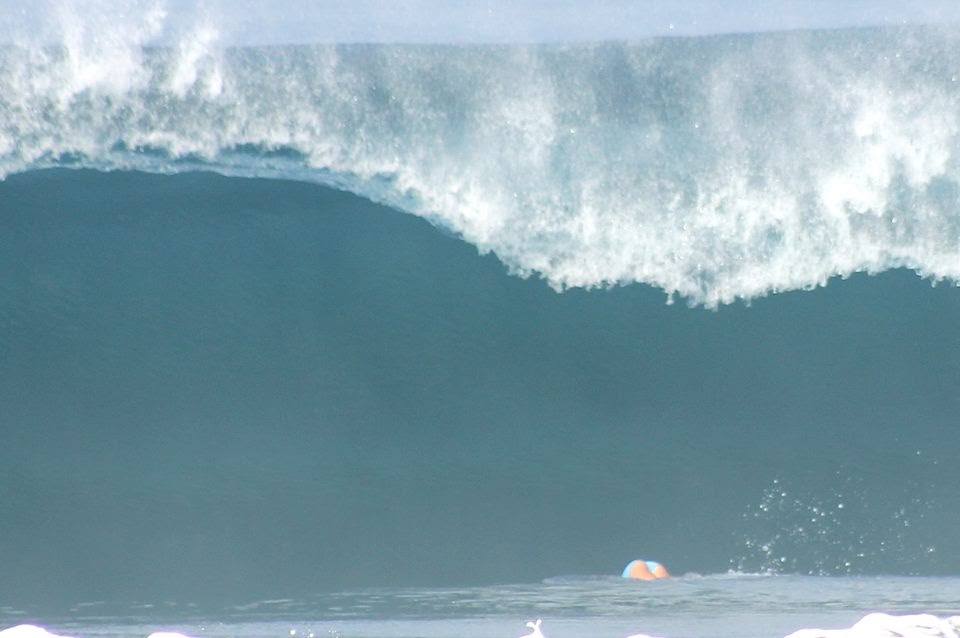
I also had massive wipe outs.
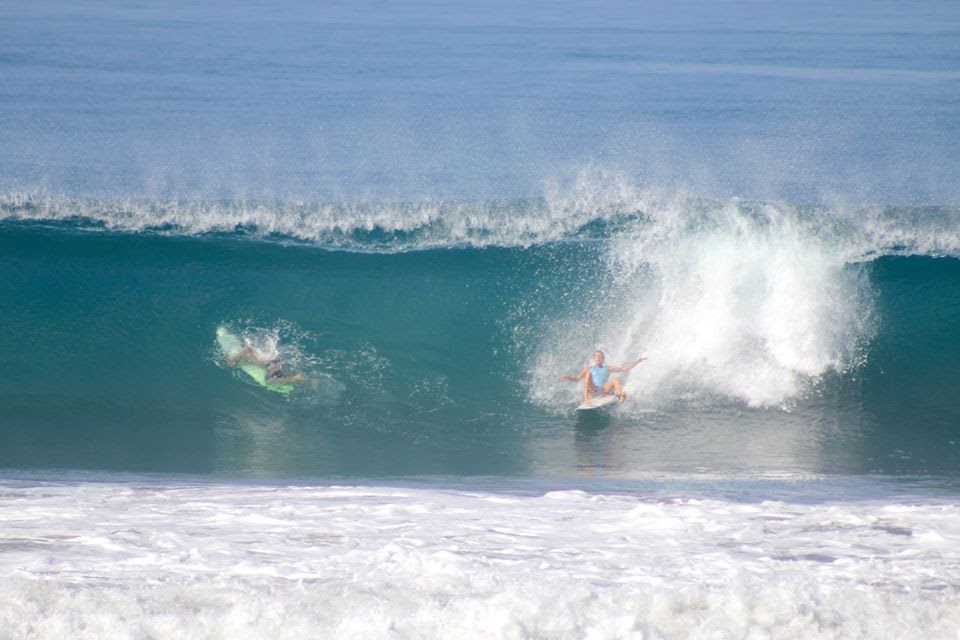
I did several surf trips around the country where I happened to meet Holly along the way.
We were out in the surf at Pavones, the waves were super fun and all of a sudden we started talking, connected and she offered me this great opportunity to work in Surf With Amigas.
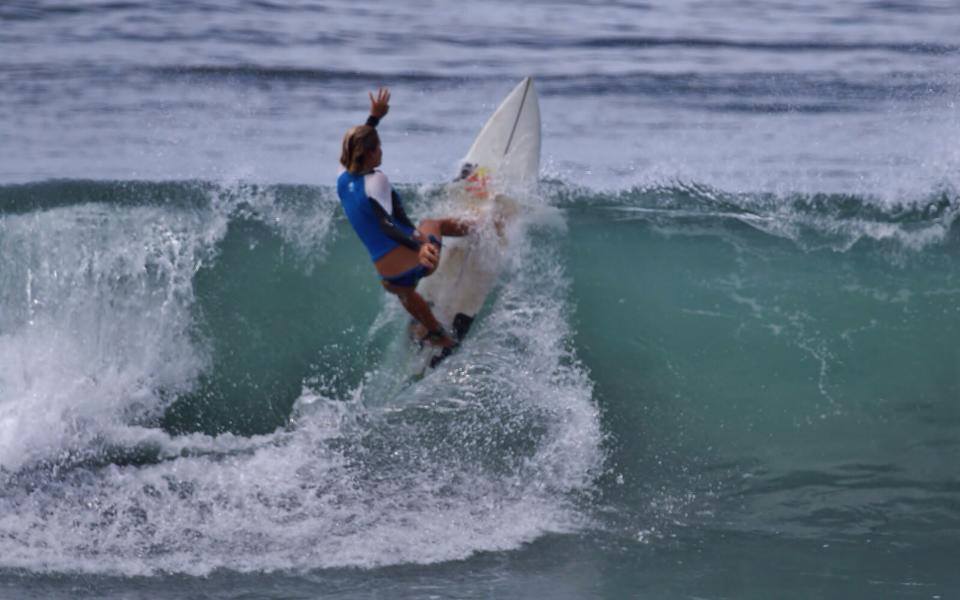
Working with Surf with Amigas has been a dream job. All the people you meet, the places you go, the food you eat, the waves you surf and the yoga from the heart. It’s been mind blowing ,the idea of helping people push themselves, surf waves they had never surfed and progressing in their surfing in ways they didn’t even imagine. It’s been a very nourishing experience, all the unique women i’ve met, the moments we’ve shared , the conversations we’ve had, the tears, the laughs, the wild moments and the adrenaline rushes. It’s been awesome and I have learned so much about life, people, situations and myself.
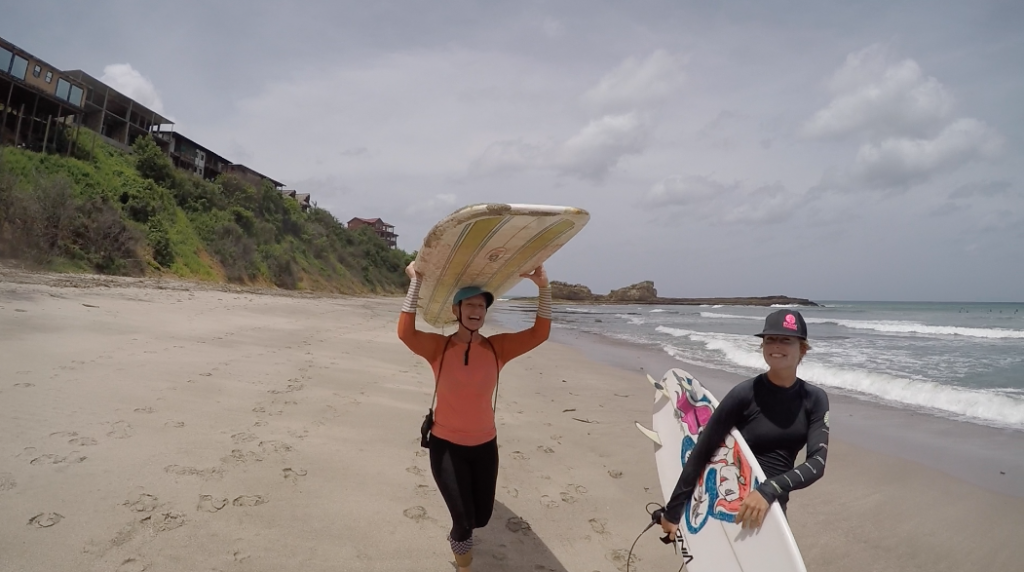
After this big change in my life I feel that there are no coincidences. Everything is connected and happens for a reason and it’s all perfect the way it is.
Just as the world is in constant movement with the sun, the moon and all living things, we too move with it. As it changes we change with it, and as it grows we grow with it.
Everything is in harmony. The ocean moves through the force of the tides and the winds, and these move because of the circular motion of the earth. We too move within them. Life is expressing itself through wanting us to be true to our real nature.
We are all part of the same circle and we are all inhabitants of the same planet. We are all heroes of our paths. We all have the potential to do great things, to seek our happiness and feel fulfilled. All that is needed is to make little steps in the direction that feels right in our hearts.
Be the architect of your future and let life be your expression.
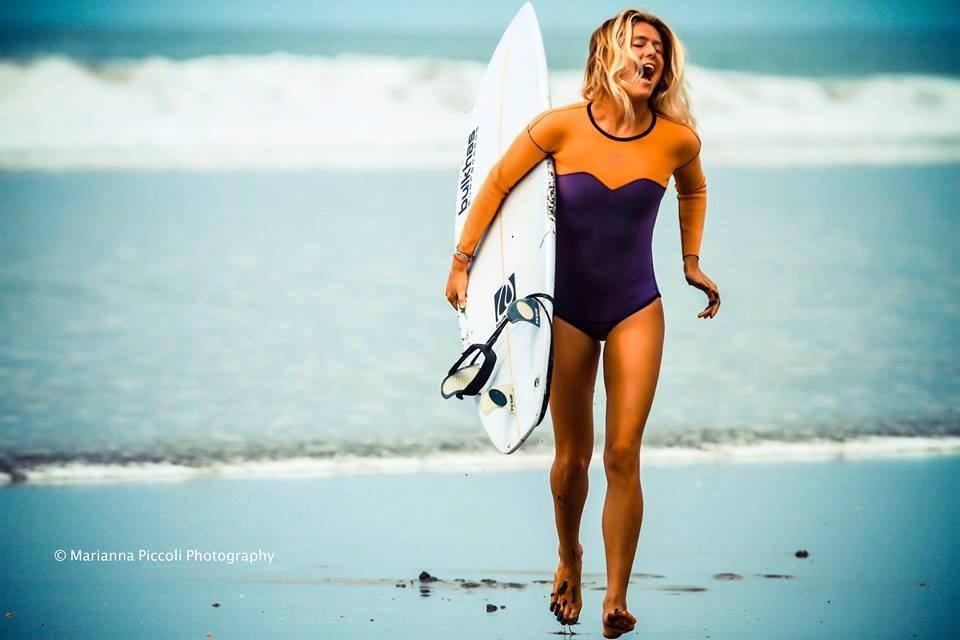
With love, Alex
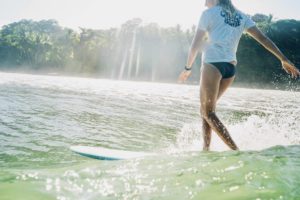
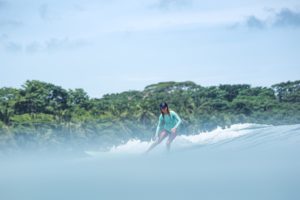

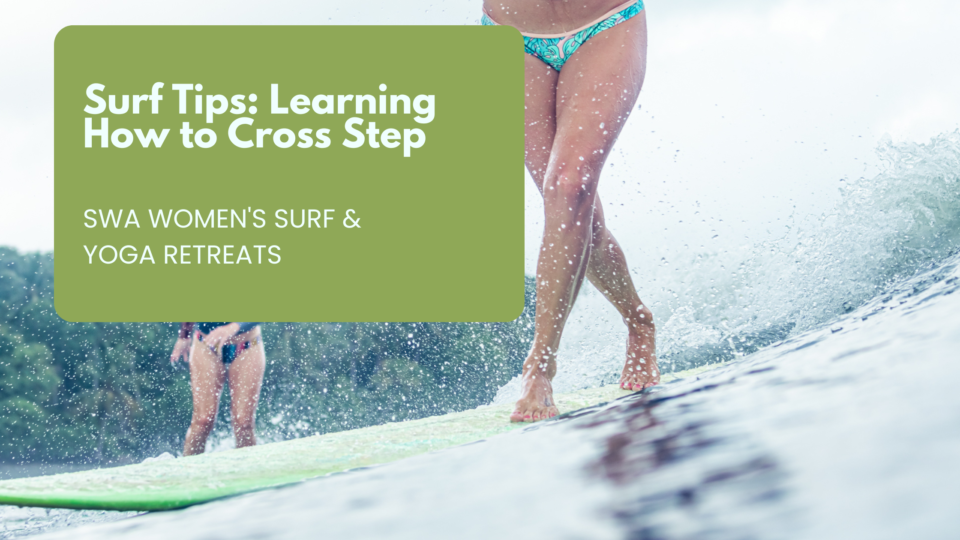
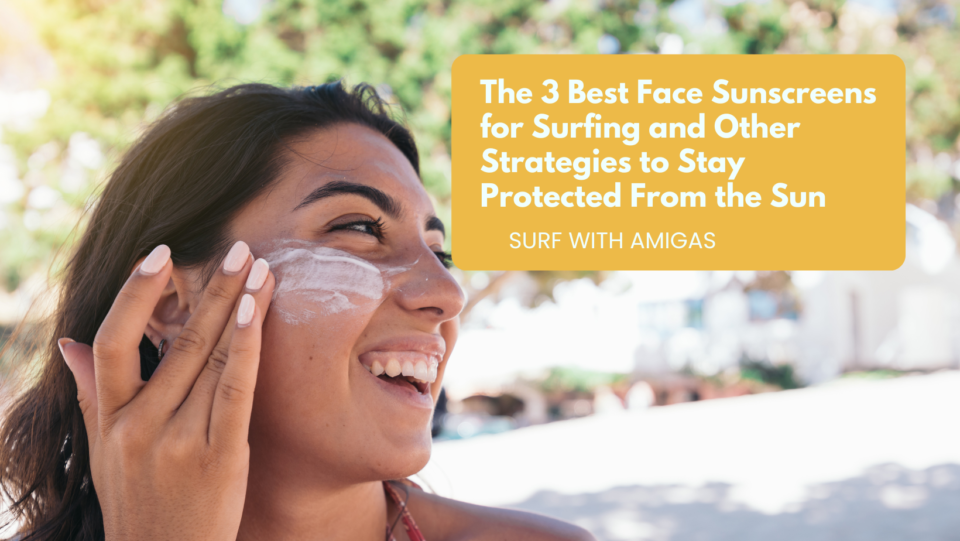
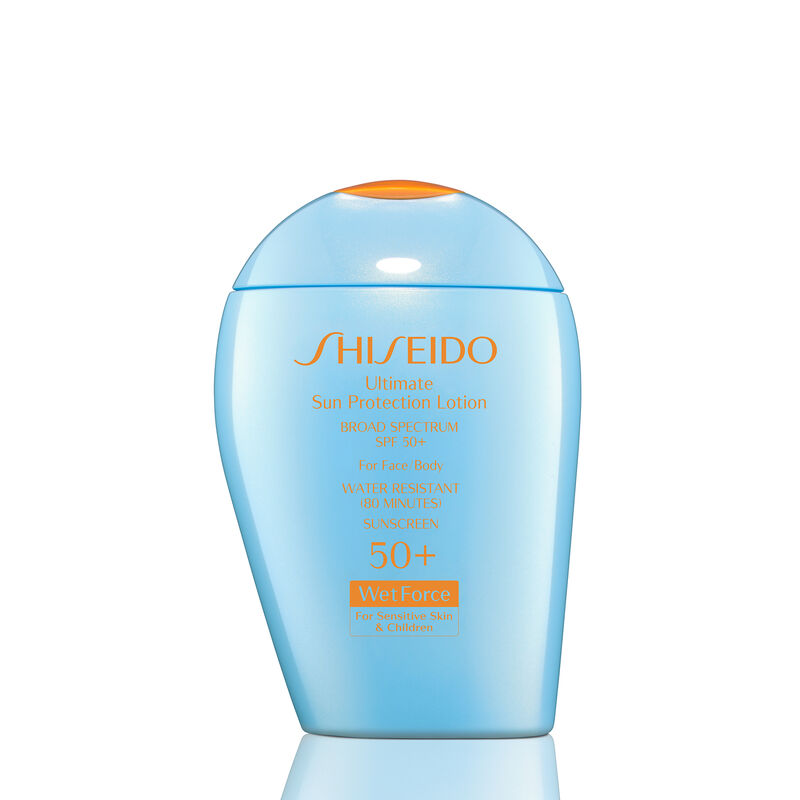
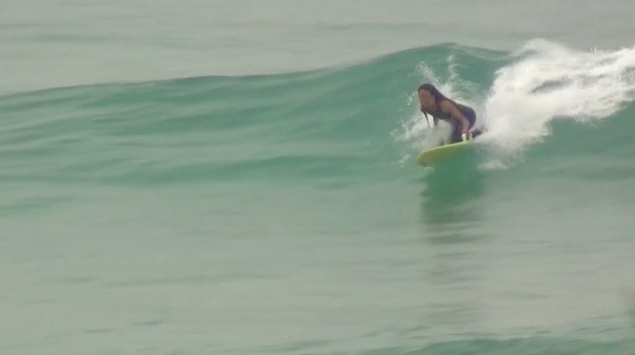
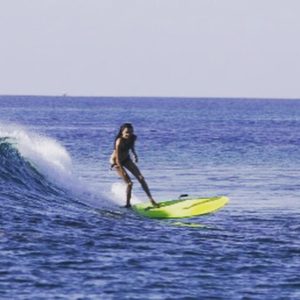
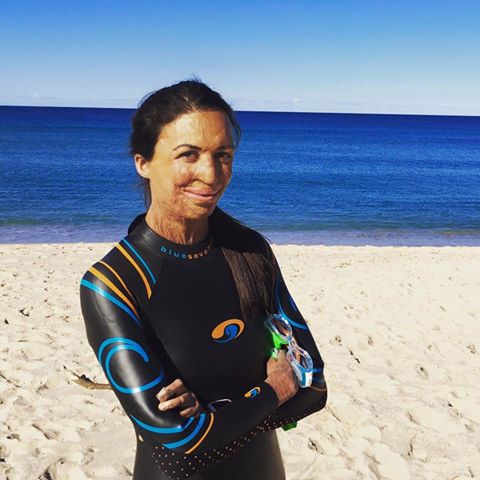 Turia Pitt was competing in an ultramarathon through Western Australia’s Kimberley region in 2011 when she was caught in a bushfire. She suffered burns to 65% of her body and had four fingers from her left hand and her right thumb amputated.
Turia Pitt was competing in an ultramarathon through Western Australia’s Kimberley region in 2011 when she was caught in a bushfire. She suffered burns to 65% of her body and had four fingers from her left hand and her right thumb amputated.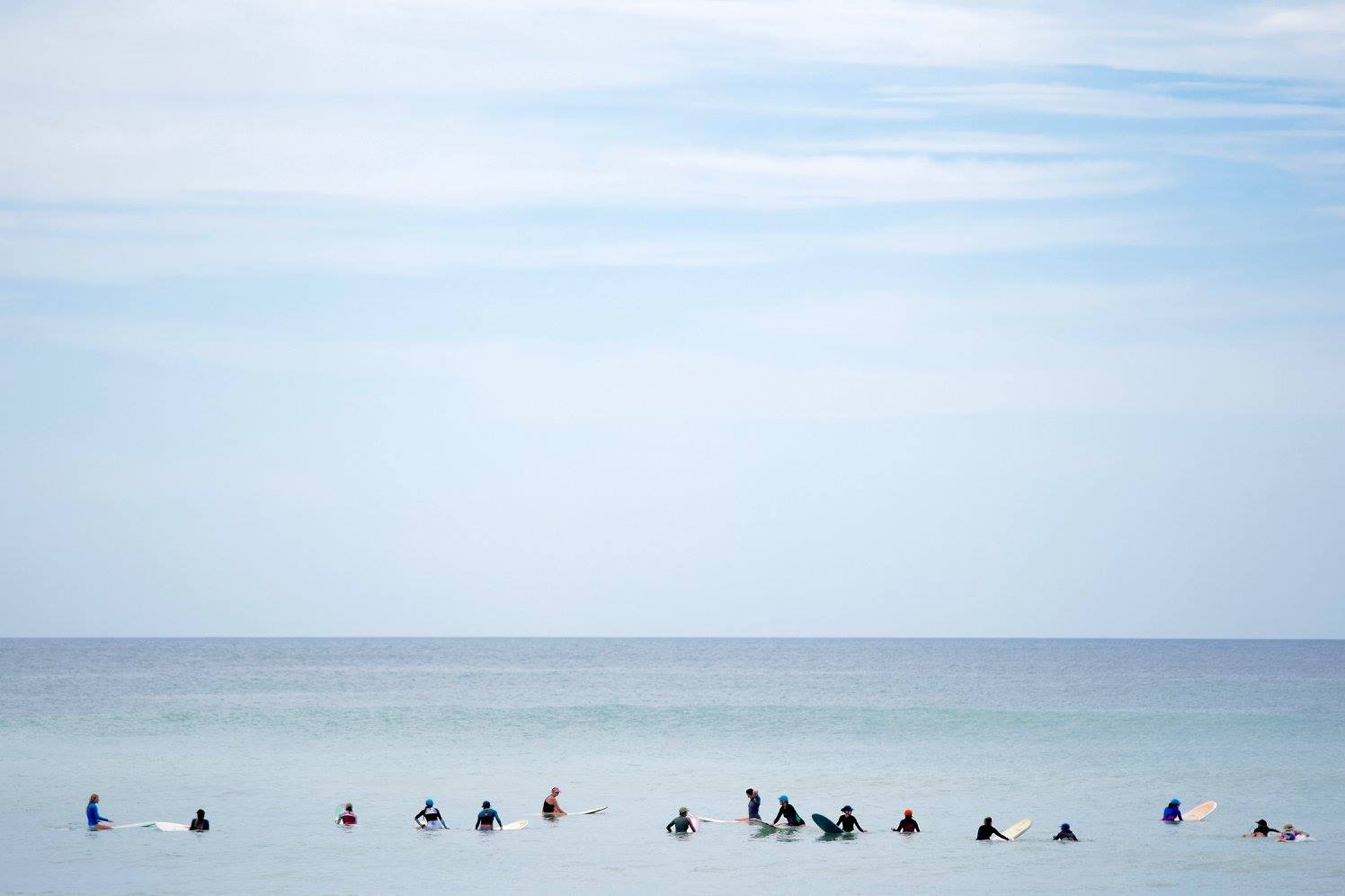
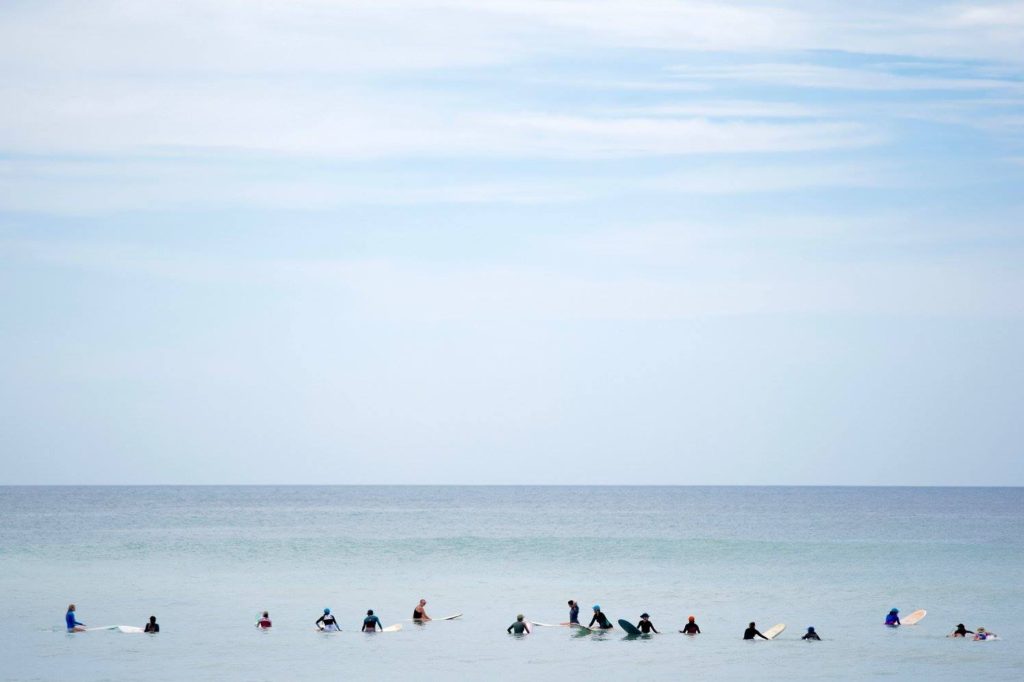








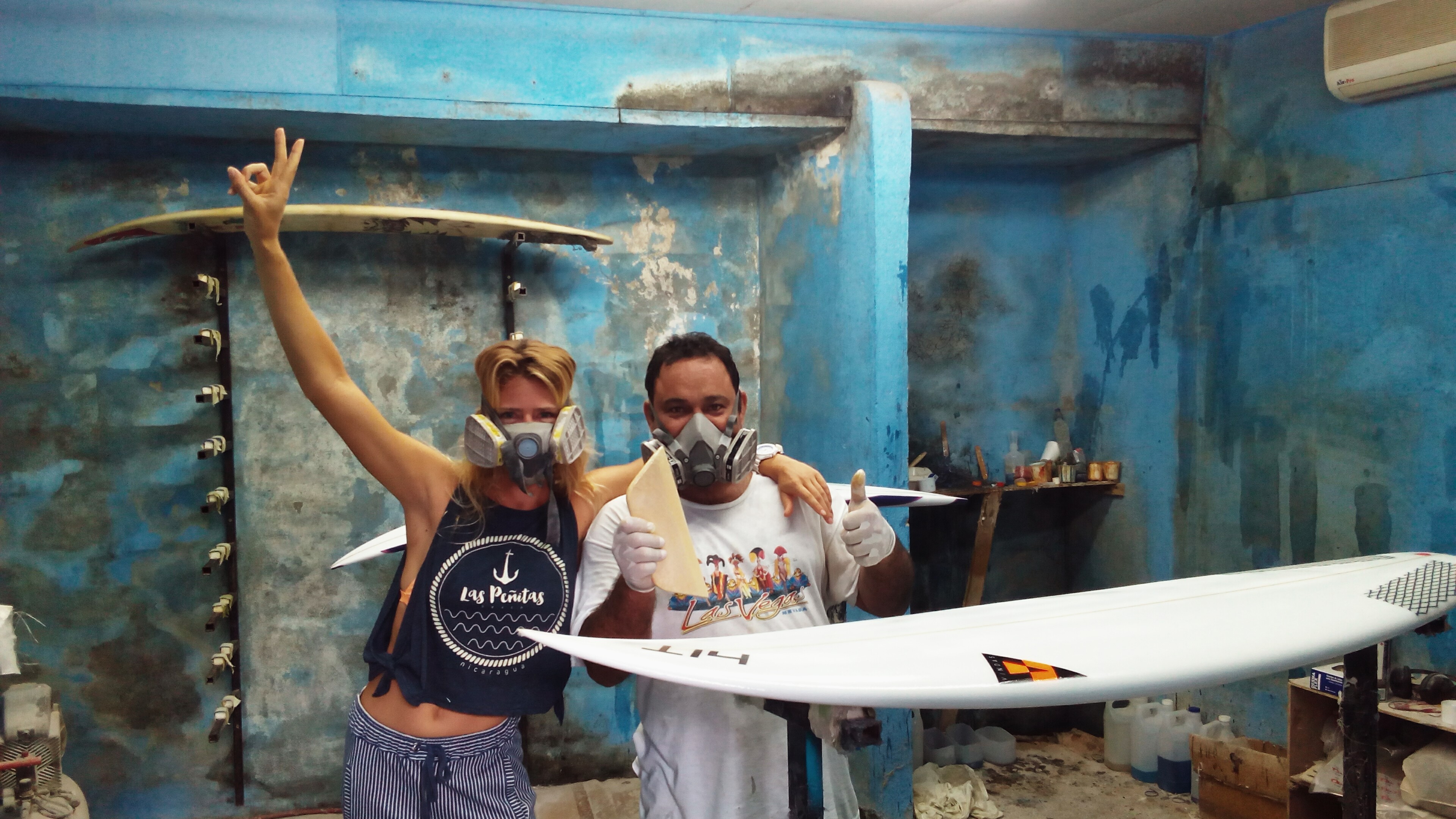
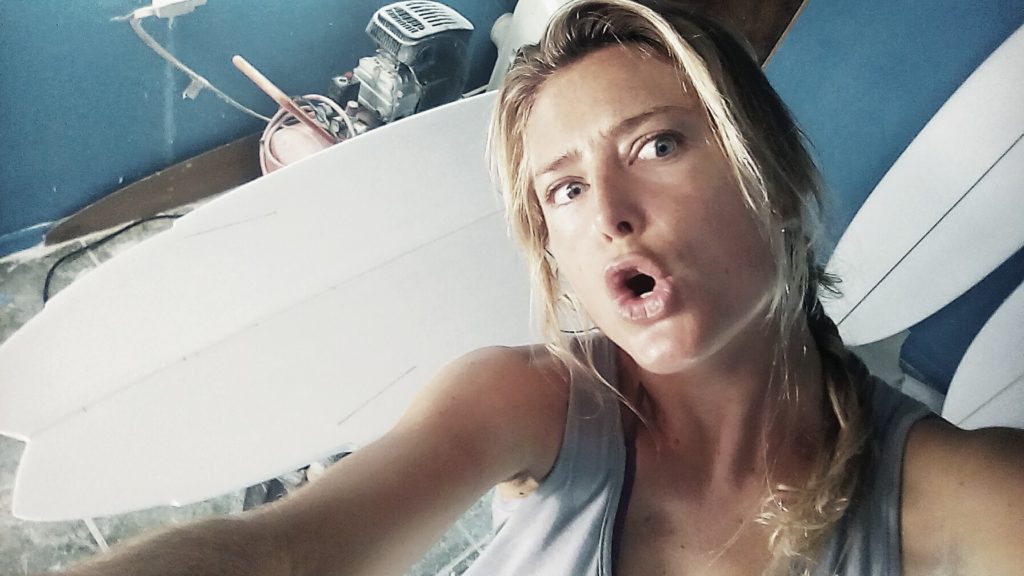
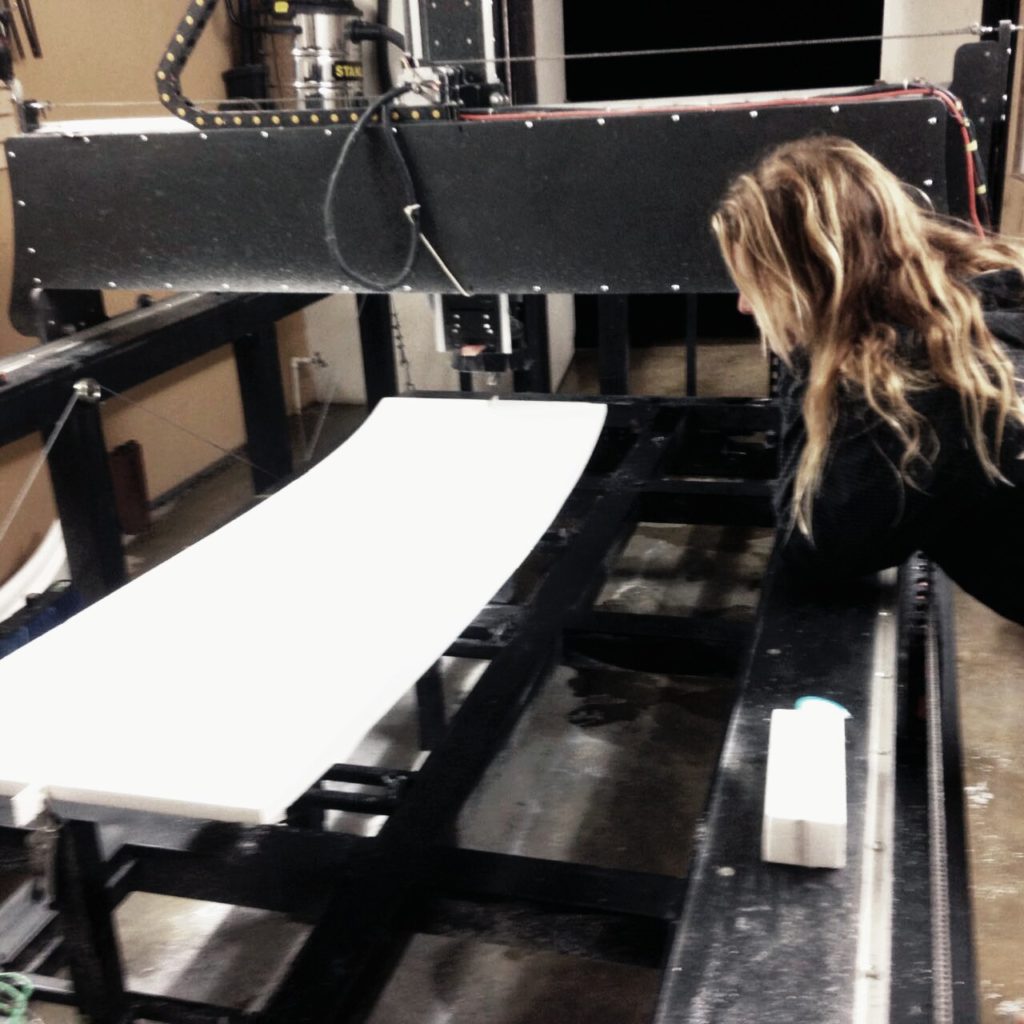
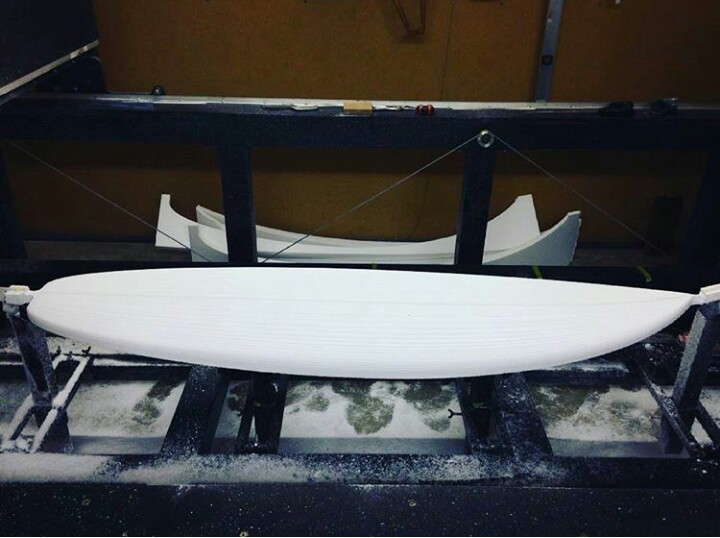
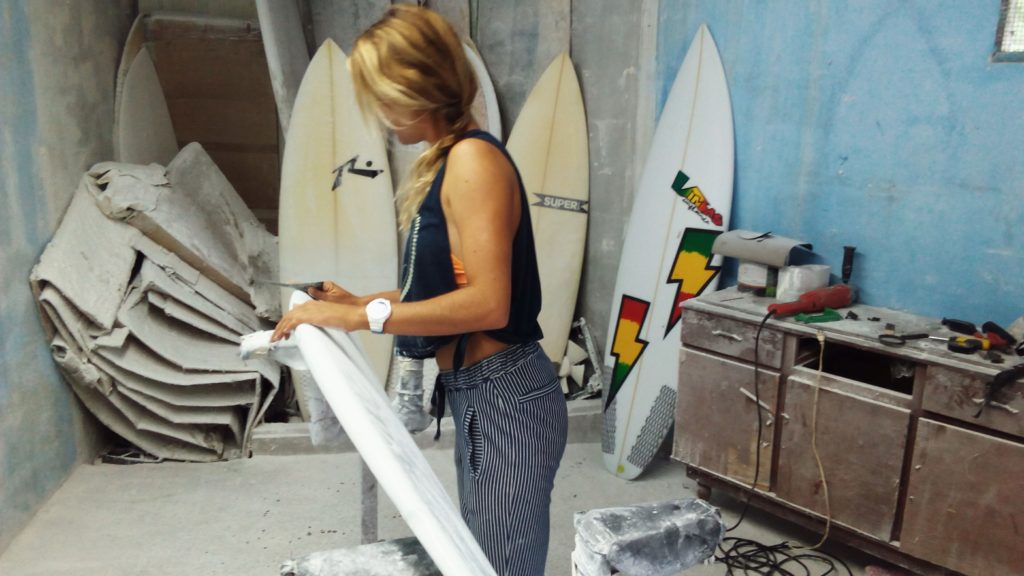
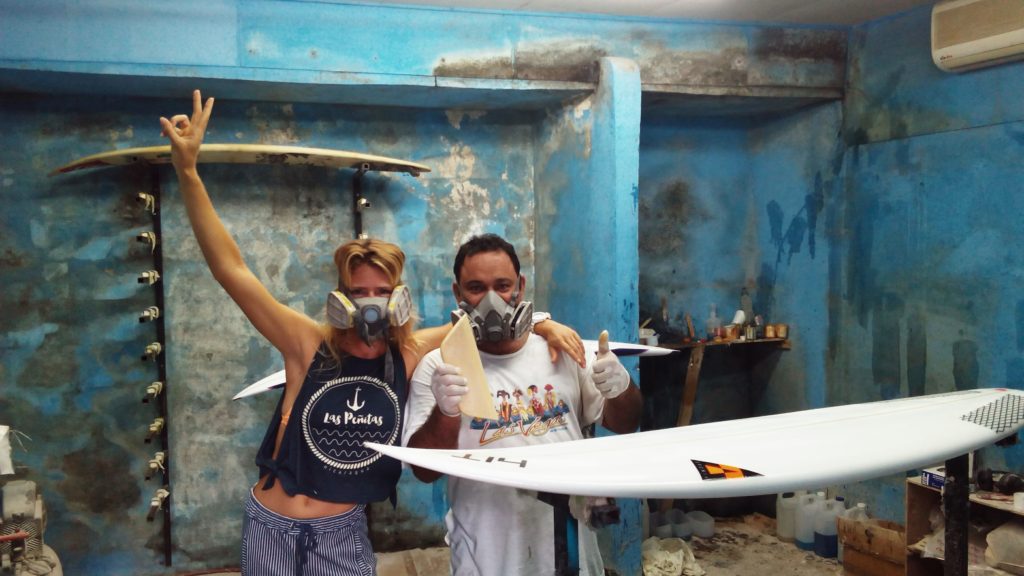
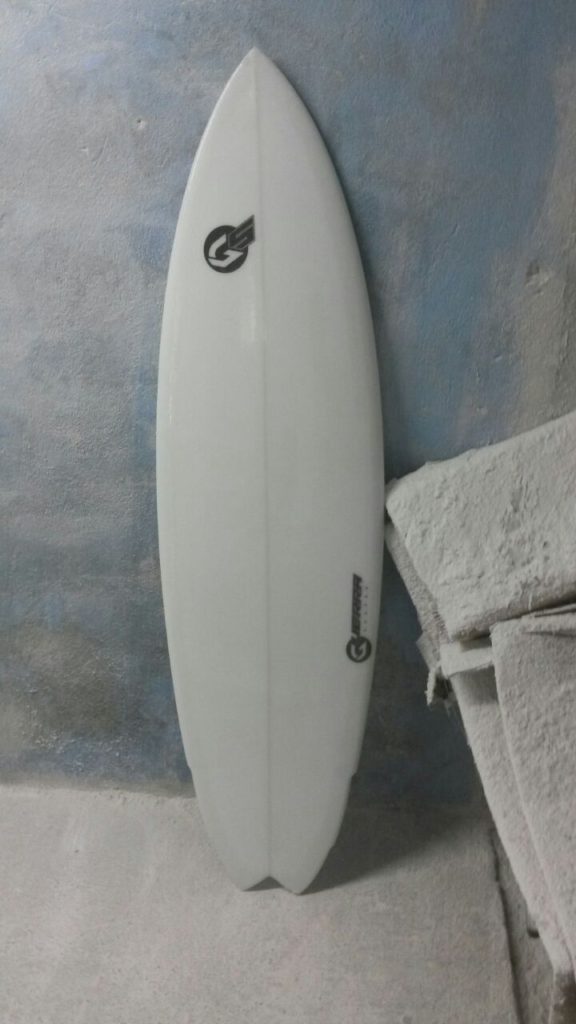
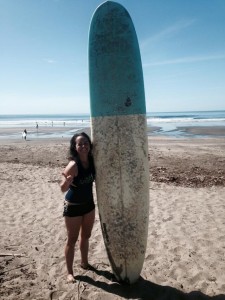 Sofia Costa joined Surf With Amigas on a retreat towards the end of 2014. She is a Dr. of physical therapy originally from Puerto Rico, now living and treating surfers in Santa Monica, CA.
Sofia Costa joined Surf With Amigas on a retreat towards the end of 2014. She is a Dr. of physical therapy originally from Puerto Rico, now living and treating surfers in Santa Monica, CA.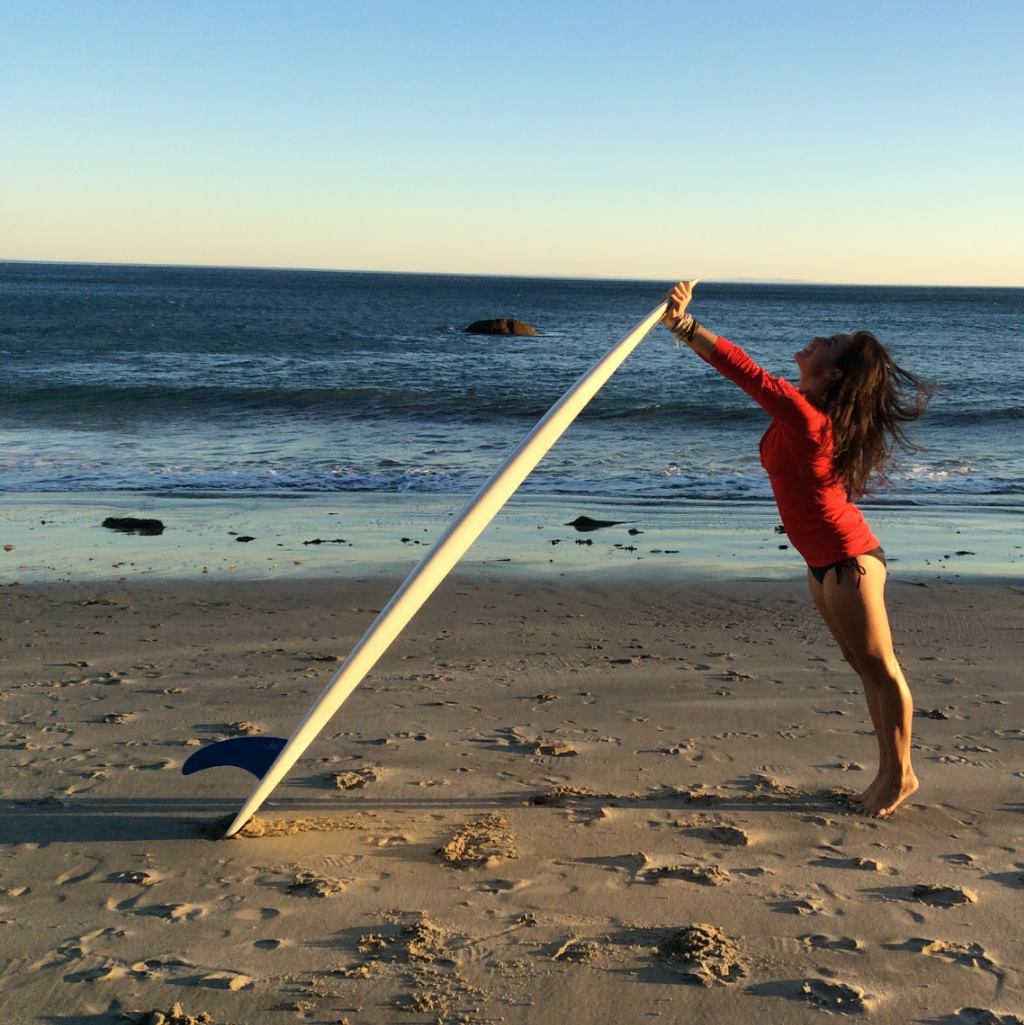
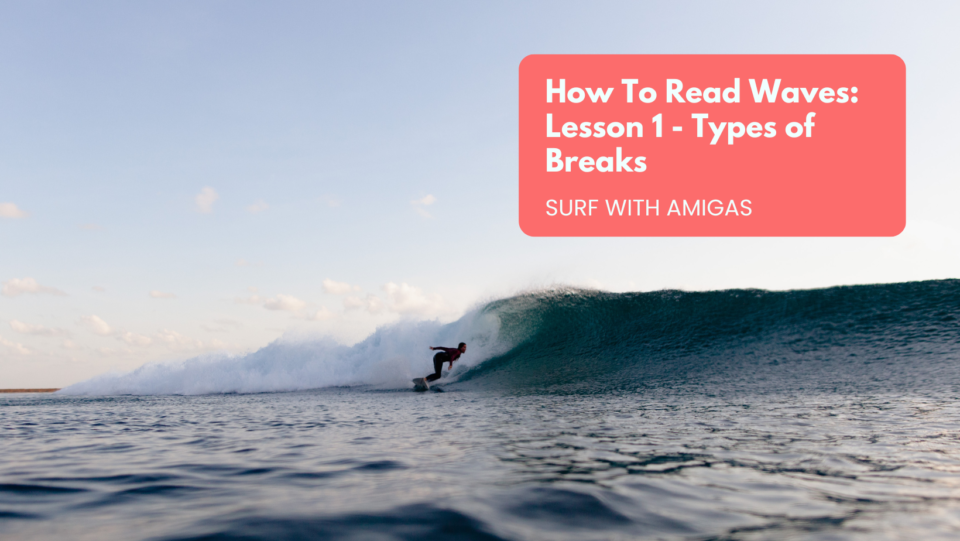
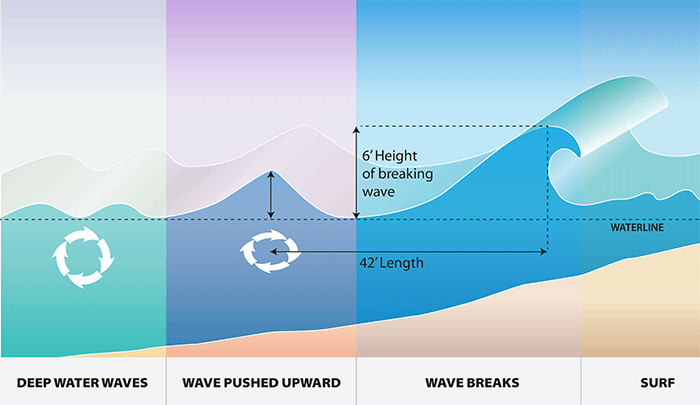

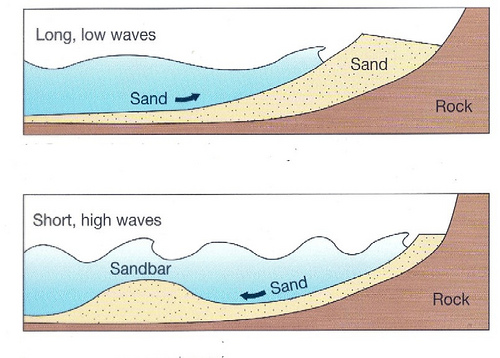
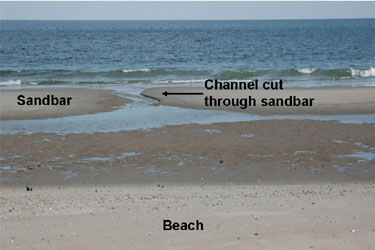
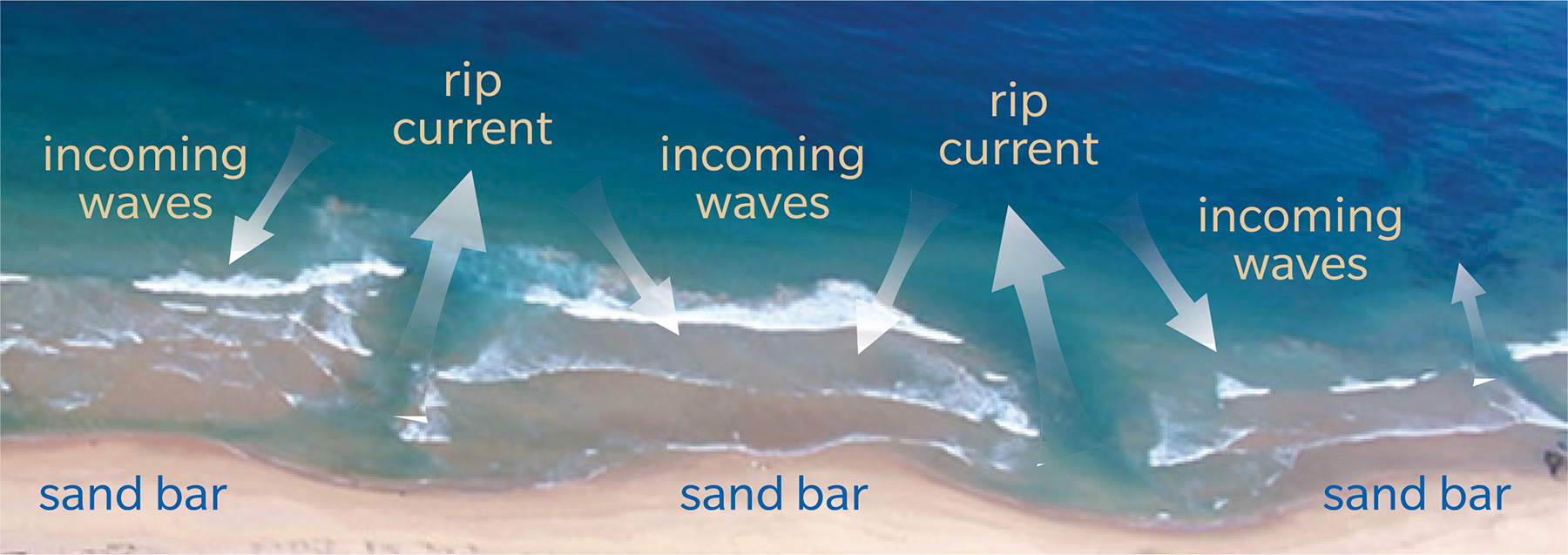
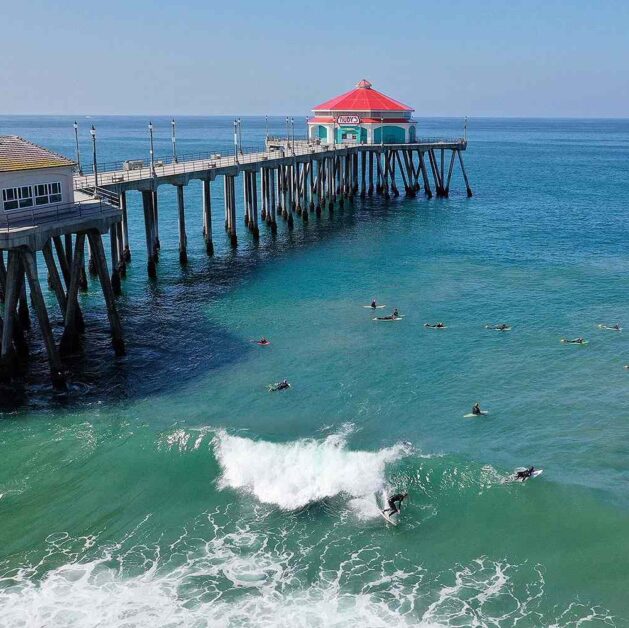
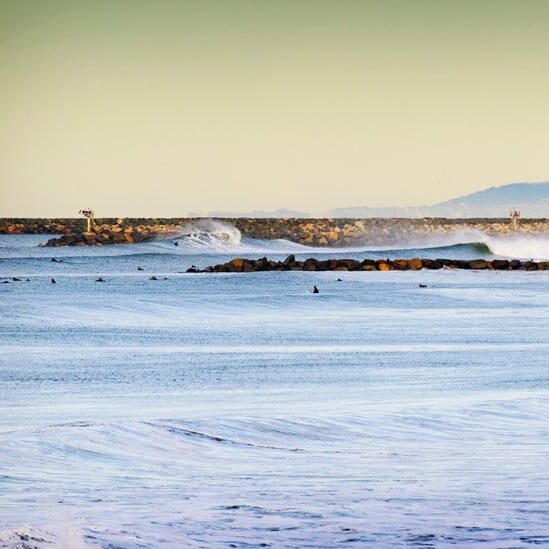
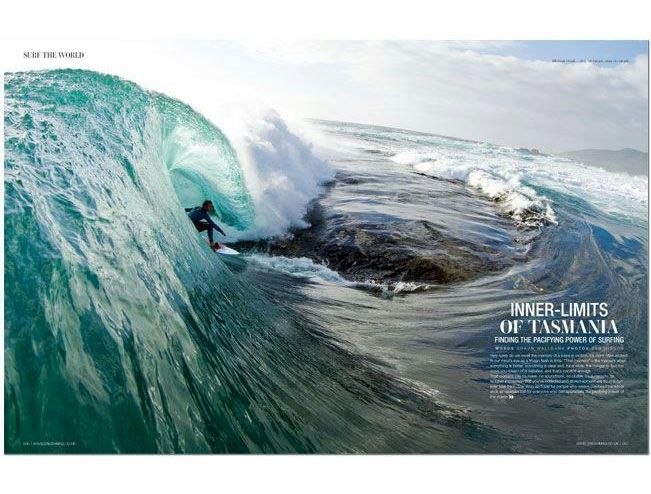 2. Reef Breaks:
2. Reef Breaks: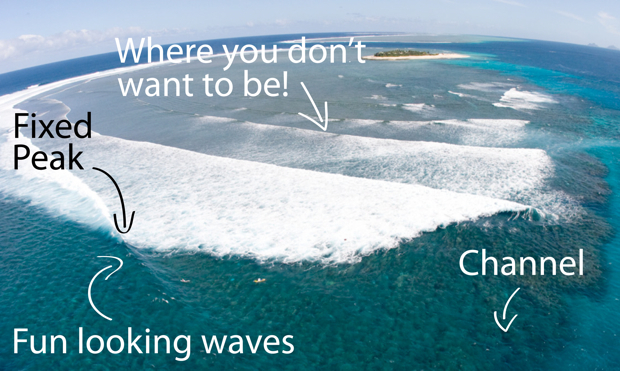
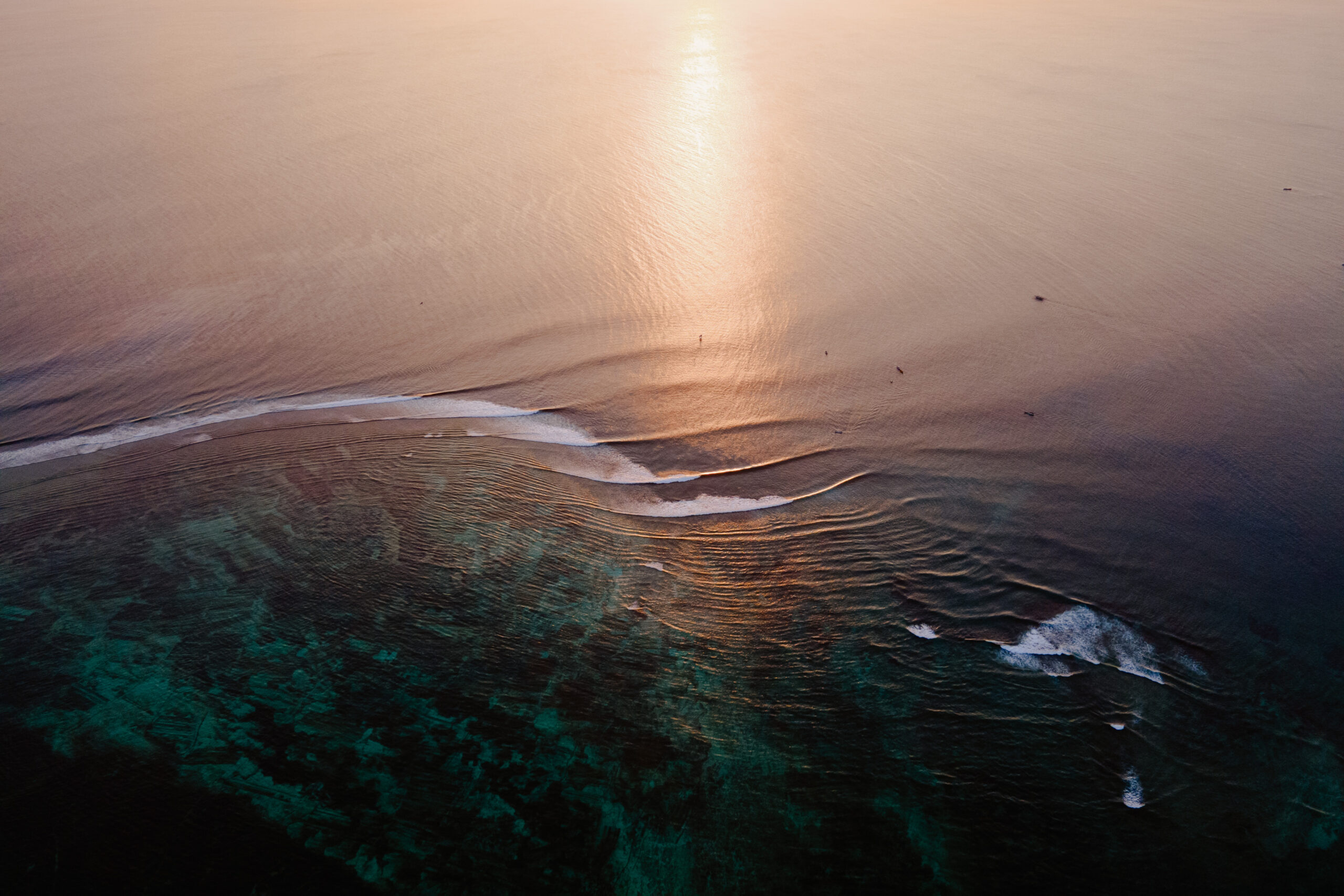
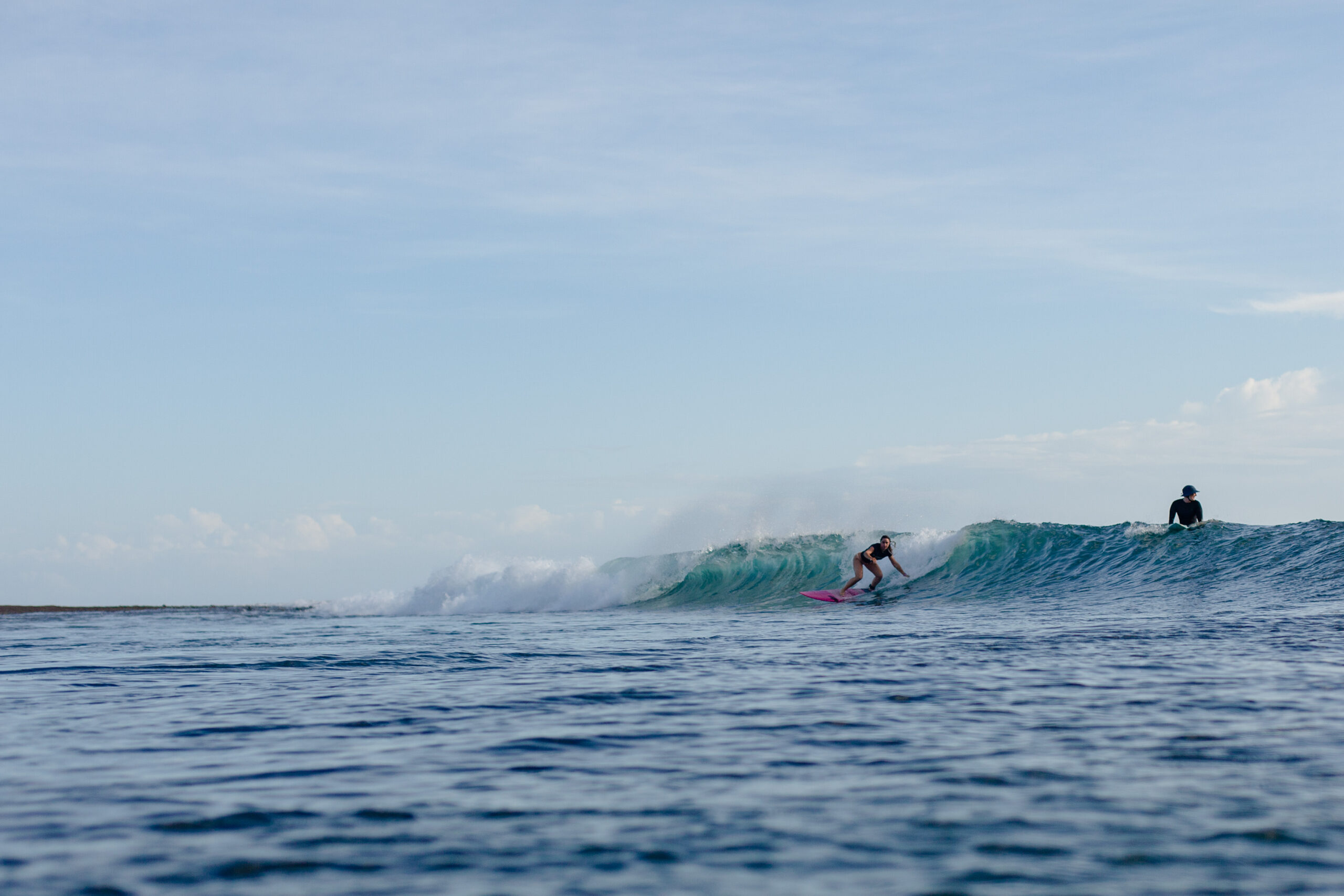
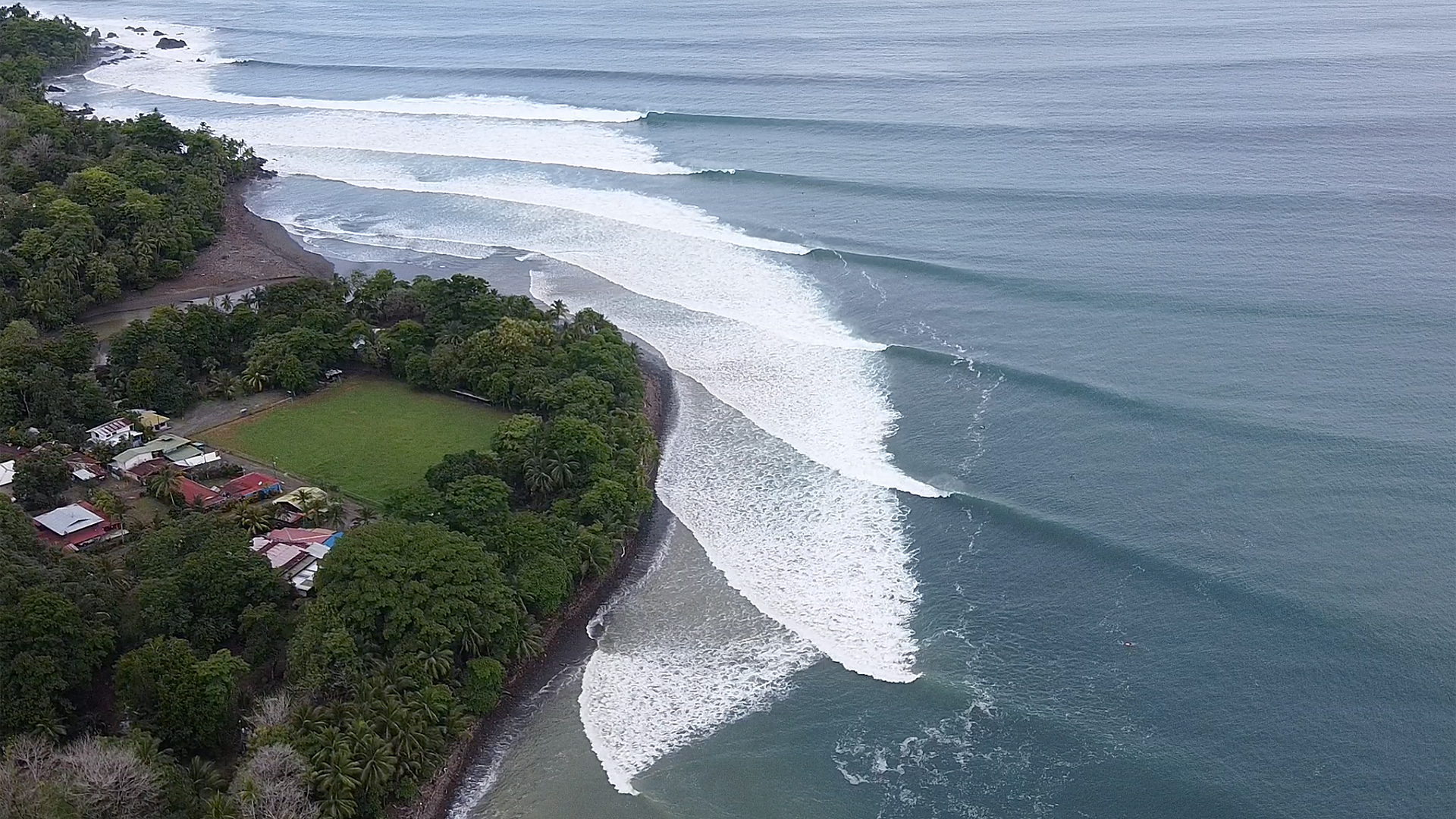
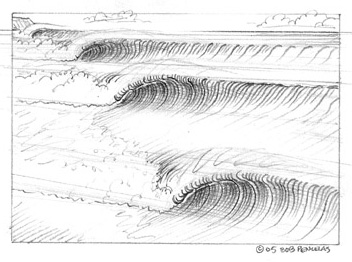
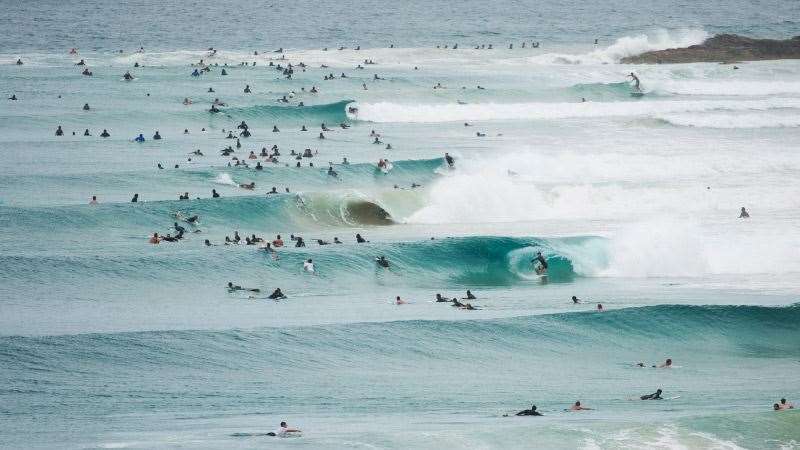 Point breaks are often times crowded due to their tight takeoff point and very long high quality rides. On a good day, riding a wave from the peak may turn into a slalom course with the surfer on the wave having to maneuver around surfers waiting for their own waves, paddling out, or trying to drop in. Unfortunately, point breaks are usually tucked alongside headlands that can block swell energy making them more fickle and require a larger swell than either reef breaks or beach breaks to make them work.
Point breaks are often times crowded due to their tight takeoff point and very long high quality rides. On a good day, riding a wave from the peak may turn into a slalom course with the surfer on the wave having to maneuver around surfers waiting for their own waves, paddling out, or trying to drop in. Unfortunately, point breaks are usually tucked alongside headlands that can block swell energy making them more fickle and require a larger swell than either reef breaks or beach breaks to make them work.